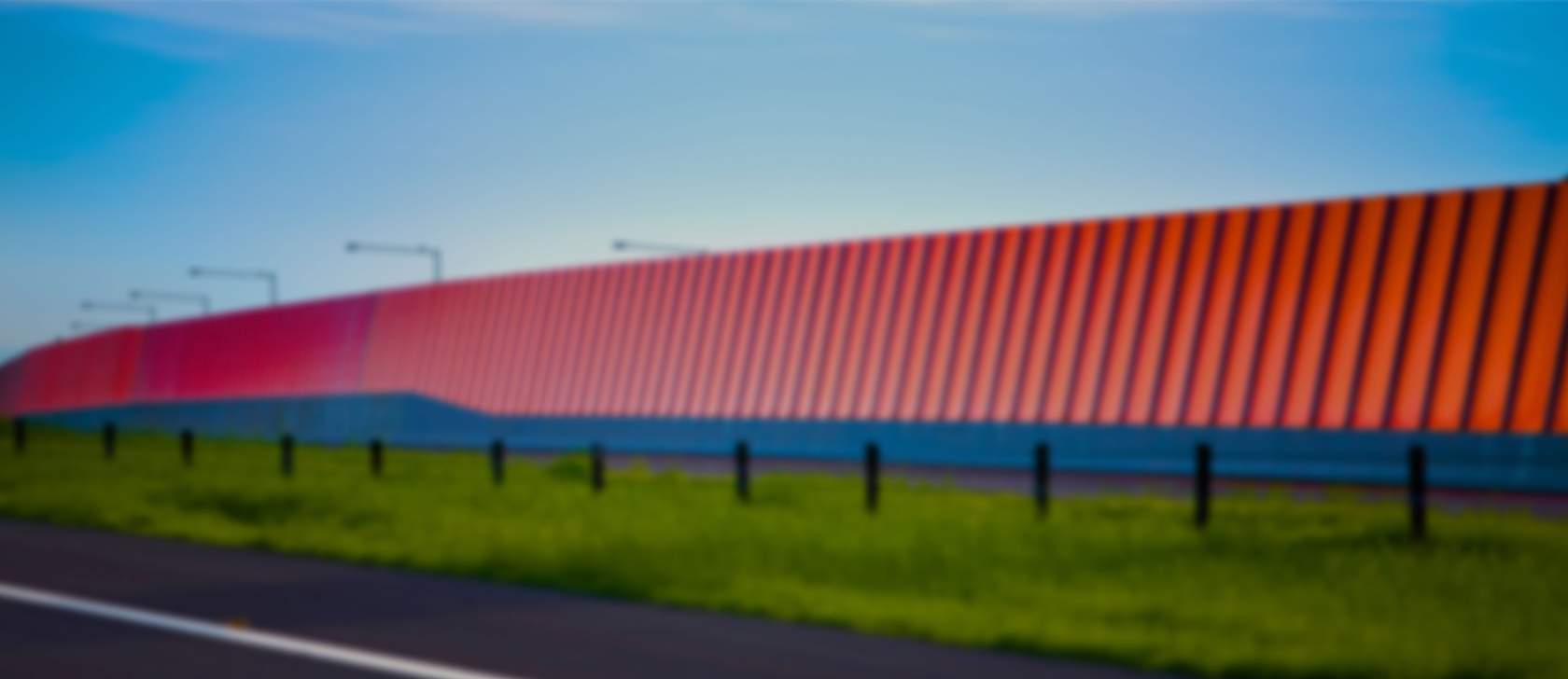Where to today?
To pay or nominate a toll invoice or overdue notice.
To top up an account or pay a monthly invoice.
To create a new account for travel on tollways.
To pay for an EastLink trip without needing an account.
To check for any unused trip passes.

Alerts









